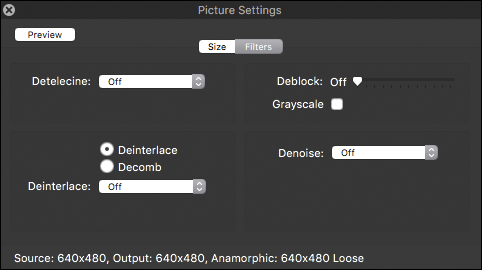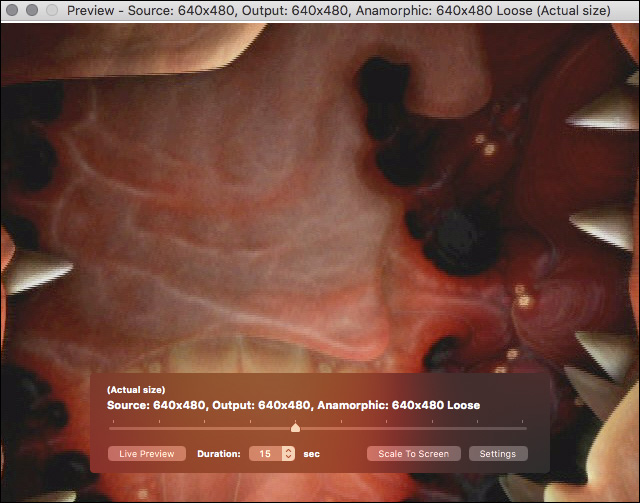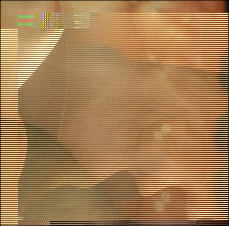In the 1990s, playing full-screen digital video often required specialized computer hardware. One such solution was a PCI card called miroMOTION DC20, which supported video capture, editing, and playback at a pixel resolution of 640 x 480 at a smooth 60 fields per second in 24-bit color.
The DC20 encoded video data using a proprietary motion JPEG format, readable only on computers also containing a hardware decoder. Computers without the appropriate hardware would display blank video or fail altogether.


Fortunately, there are some workarounds to recover orphaned DC20 video files. If software solutions like the DC30 Xact Driver for Mac G4, Morgan M-JPEG codec for Windows, or OS emulation are unsuccessful, the approach below may help.
Legacy QuickTime Pro + Handbrake
This method relies on access to a Mac running OS X 10.6 or older using QuickTime Pro. If such a machine is unavailable, it might be possible to run a virtualized copy of OS X within VMware instead.
First, open an unplayable DC20 video file in QuickTime Player. Ignore any error messages about missing software. If the application refuses to even open the video, you may have to try an even older version of QuickTime.



Next, re-save as a self-contained movie.

Then open the newly-exported movie in a video transcoder like Handbrake.

Inspect the image quality using Handbrake’s video preview. Try exporting in a more recent video format like H.264.


Sadly, no transcoding process can rescue old video files from filesystem bitrot, the silent corruption of electronic data over time.
